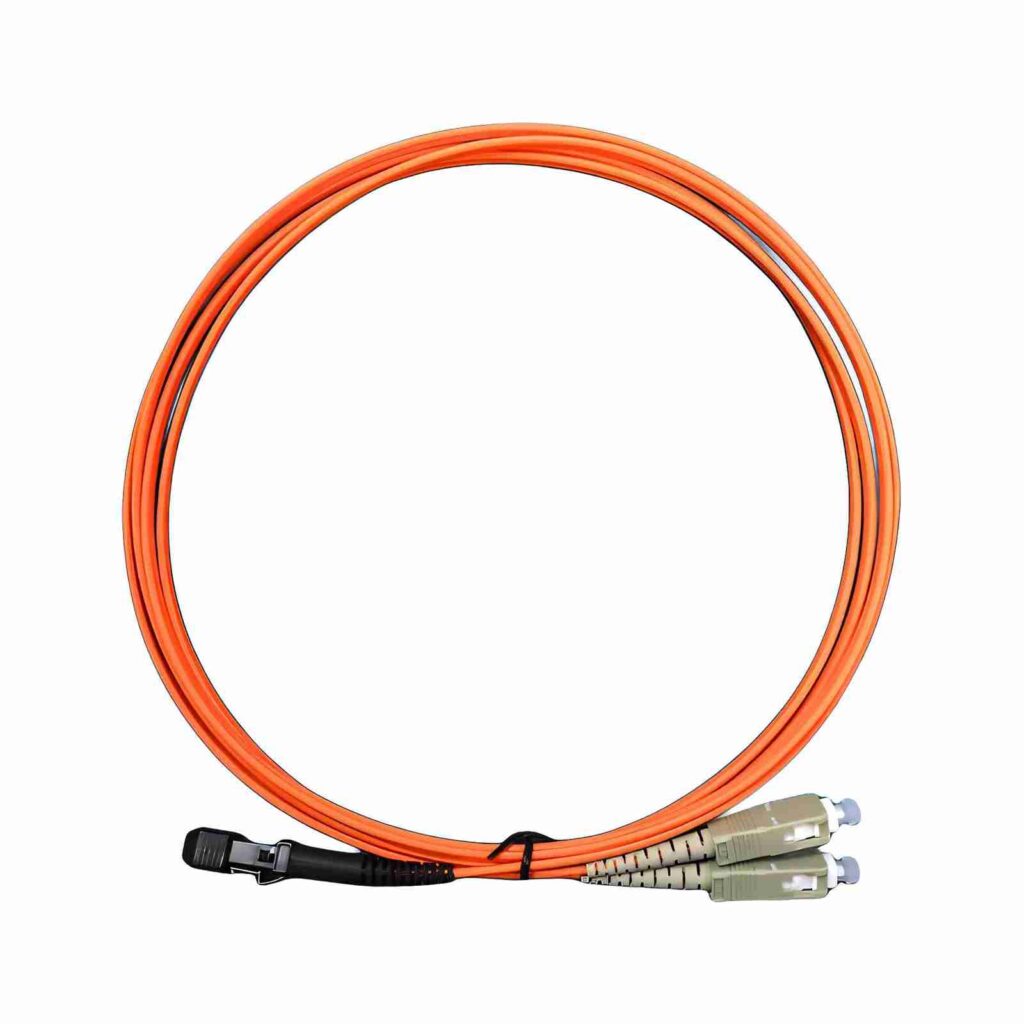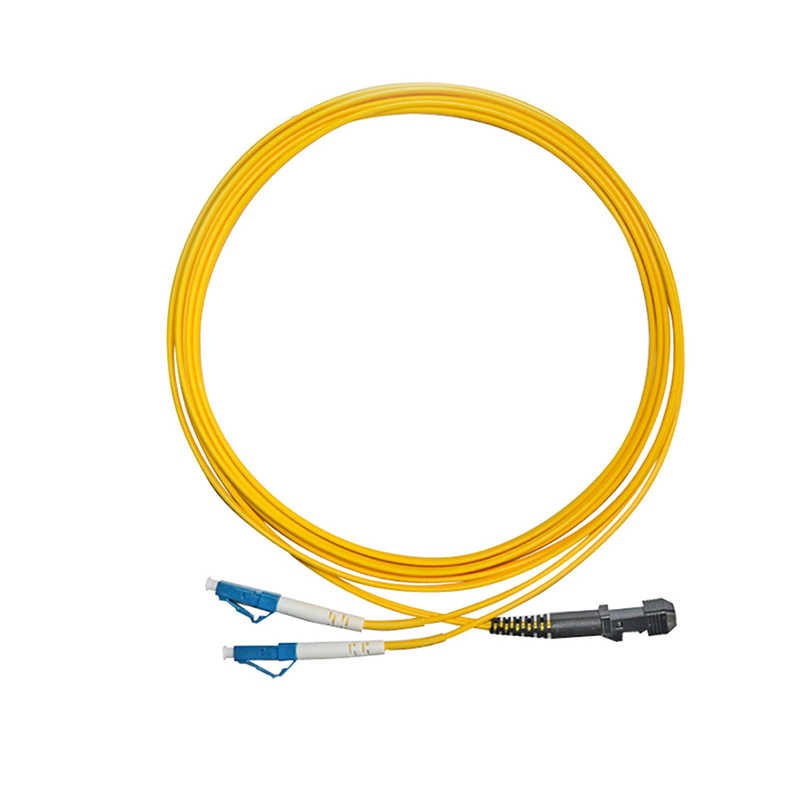From “All you want to know abut MTRJ Connector” and “Where to use MTRJ cable?“, we have learned the basic knowledge of MTRJ patch cord and its application scenarios. So what details should we pay attention to ensure that the MTRJ patch cord is connected correctly?
In order to answer the above questions, based on the technical specifications and practical operation points of the MTRJ connector, YINGDA has sorted out the correct connection steps and key precautions of the MTRJ patchcord multimode for everyone, hoping to help everyone.
Connection Steps
Step 1: Interface cleaning
Use a fiber cleaning pen or alcohol swab to wipe the end face of the MTRJ fiber connector to ensure that there is no dust or oil (residual contaminants will cause signal attenuation).
→ Operation points: Wipe in one direction to avoid repeated contamination of the end face.
Step 2: Polarity check
The MTRJ interface has built-in dual fibers (transmit/receive), and the two ends of the foc patch cord must maintain the same polarity. Carefully observe the fo cable patch cord outer sheath markings (such as “1”/”2″ or “A”/”B”) or the connector protrusion mark to align with the device port direction.
Step 3: Align and insert
Hold the MTRJ square connector and align the top protrusion with the device port groove (similar to the RJ45 interface).
Push it in horizontally and evenly until the buckle is automatically locked (you can hear a “click” sound).
→ Do not rotate or tilt the insertion to avoid breaking the plastic guide pin.
Step 4: Connection verification
Observe the device optical module indicator: a steady green light indicates a normal link.
Use an optical power meter to detect the optical attenuation at the receiving end. The insertion loss must be ≤ 0.4 dB, typical value ≤ 0.2 dB.
Key points to note
| Risk points | Avoidance measures |
| Physical damage | Do not bend the patch cord wire (minimum bending radius ≥ 3.8cm), and avoid stepping on or pulling the pigtail. |
| High temperature environment | The working temperature must be in the range of -20°C~+70°C. Plastic materials are easily deformed at high temperatures, resulting in poor contact. |
| Loose connection | Check the locking status of the buckle regularly. If the plugging and unplugging exceeds 500 times, the loss change needs to be tested (should be <0.2 dB) |
| Risk of mixed connection | When connecting single-core interfaces such as SC LC connector, you need to use a duplex to simplex fanout cable (for exampe: LC to MTRJ patch cable or SC to MTRJ patch cord) |
MTRJ Patch Cord Management Requirements
- Dust protection: Immediately cover unused ports with dust caps, and clean contaminated end faces with anhydrous alcohol.
- Plug-in specifications: Press the end of the buckle to unlock when unplugging, and unplug vertically (do not pull the MTRJ cable directly).
- Compatibility confirmation: Only multi-mode fiber OM1, OM2 is supported, single-mode transmission requires special customization and has low stability.
Conclusion
If link failures occur frequently, first check the cleanliness of the interface and the bend radius of the MTRJ cable, and then verify the compatibility of the device port.
If you have other questions or concerns, please feel free to contact us.




